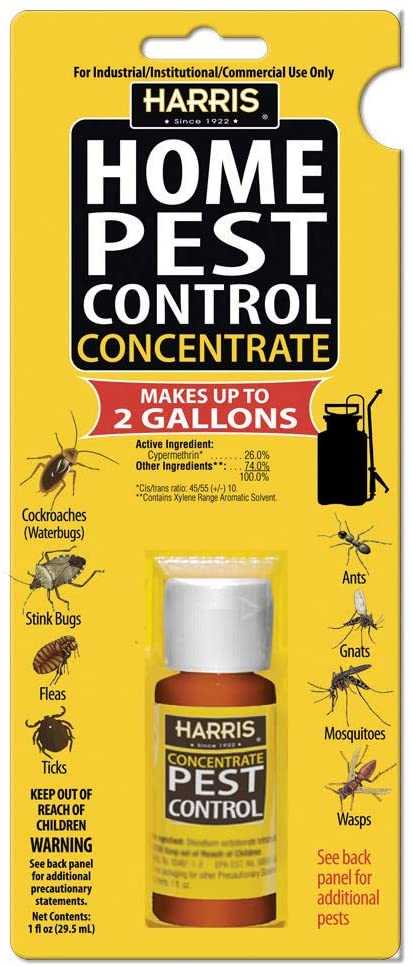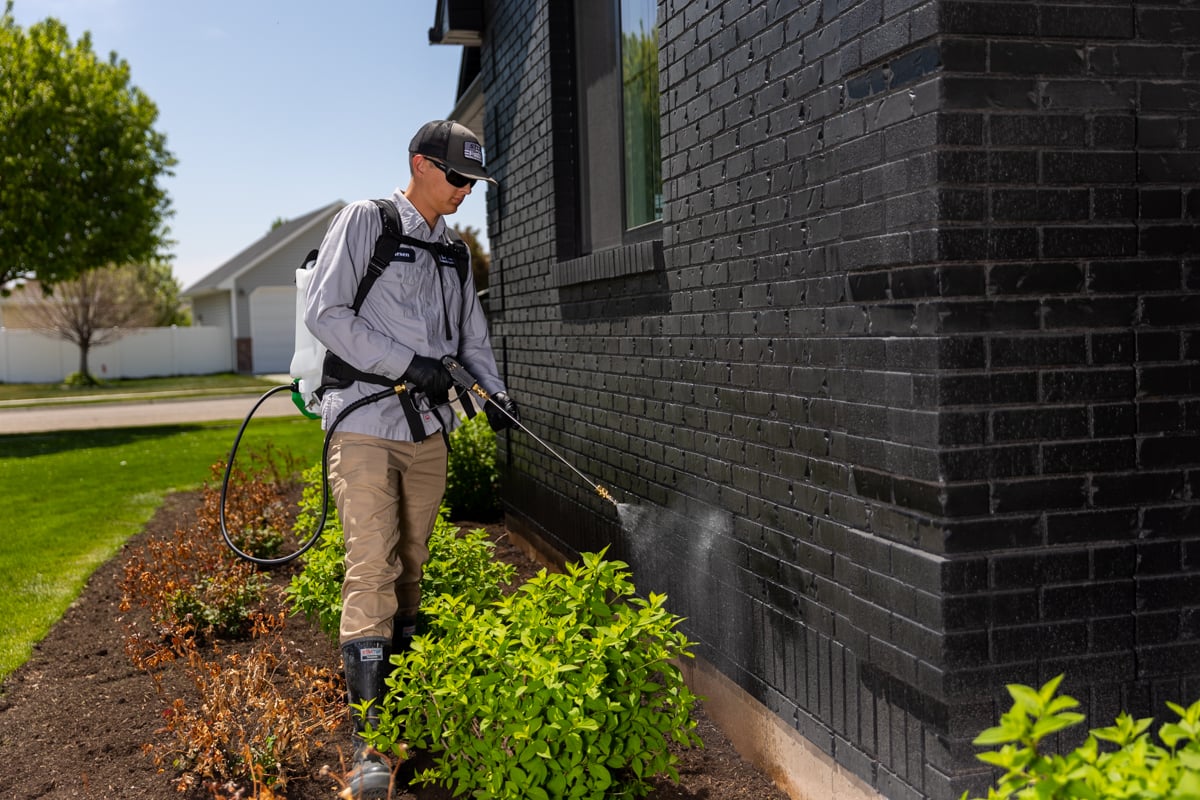Efficient A1 Bed Bug Treatment in Charlotte - Safe and Proven Techniques
Bed Pest Therapy Malfunction: Contrasting Chemical Vs. Non-Chemical Solutions
In the world of bug control, especially when handling the consistent concern of bed insects, the selection in between chemical and non-chemical treatment options can be an essential one. Both approaches provide unique benefits and drawbacks, affecting variables such as effectiveness, security factors to consider, and total price. By checking out the nuanced details of each method, a clearer understanding of which course to go after in dealing with a bed insect problem can be achieved.
Effectiveness of Chemical Treatments
Chemical treatments for bed pest infestations have been commonly identified for their powerful and quick efficacy in removing these bugs. When taking into consideration the effectiveness of chemical therapies, it is important to understand that they can provide a quick and complete solution to a bed bug issue.
Moreover, chemical therapies have the advantage of using residual impacts, indicating that they can remain to eliminate bed pests even after the initial application. This recurring action is especially helpful in combating any type of prospective re-infestations. Additionally, the fast activity of chemical treatments can bring relief to individuals facing severe bed bug problems, allowing them to regain control of their home rapidly.
Safety Problems With Chemical Solutions
One critical element that requires careful factor to consider when utilizing chemical solutions for bed pest therapy is making certain the security of occupants and the atmosphere. While chemical treatments can be effective in removing bed bugs, they may pose threats if not handled correctly. One of the key safety worry about chemical options is the prospective harm they can cause to human health. Exposure to specific chemicals utilized in bed insect treatments can bring about respiratory system concerns, skin irritability, or other negative reactions, especially in individuals with pre-existing conditions or sensitivities. In addition, improper application or dose of chemical pesticides can lead to harmful residues sticking around in the cured location, posing lasting health threats to residents.
In addition, the ecological impact of chemical solutions is an additional substantial factor to consider. Some chemicals utilized in bed bug therapies might be hazardous to advantageous insects, wild animals, and ecological communities if they leach right into the soil or water systems. It is necessary to utilize chemical treatments judiciously, following security standards, and thinking about less hazardous choices to alleviate these threats and guarantee the reliable and secure monitoring of bed insect invasions.
Advantages of Non-Chemical Approaches
Taking into consideration the prospective security worries and environmental impact associated with chemical options for bed pest treatment, discovering non-chemical techniques presents an appealing choice with several distinctive benefits. site link Non-chemical treatments are eco friendly, as they do not contribute to air or water pollution, making them a lasting choice for bug control.
Furthermore, non-chemical remedies can be effective in targeting bed bugs, consisting of hard-to-reach locations where chemical therapies may not penetrate. Approaches such as warm treatment, vacuuming, steam cleaning, and bed mattress coverings provide extensive obliteration without making use of hazardous chemicals. Furthermore, non-chemical techniques can be less turbulent, calling for very little prep work and permitting for quicker reentry into dealt with areas. On the whole, choosing non-chemical bed insect treatment approaches not just focuses on safety and security and environmental management yet also guarantees comprehensive and efficient bug control.
Limitations of Non-Chemical Treatments

Additionally, non-chemical therapies usually require numerous applications to achieve successful obliteration. This can be lengthy and may not always ensure total elimination of all bed insects and their eggs, especially in hard-to-reach or concealed areas.
In addition, the success of non-chemical treatments heavily relies on proper execution and thoroughness, which can be challenging for people without specialist knowledge. Insufficient application of non-chemical approaches might lead to insufficient obliteration, leading to consistent invasions and the need for added therapies.
Therefore, while non-chemical treatments have their advantages, it is necessary to recognize these restrictions and consider them when determining one of the most efficient strategy for handling bed pest infestations.
Cost Comparison: Chemical Vs. Non-Chemical Options
Offered the limitations connected with non-chemical treatments, an essential element to examine in the context of bed bug monitoring is the expense contrast between chemical and non-chemical alternatives. In contrast, non-chemical therapies like warmth treatment or steam can be much more expensive, with expenses varying from $1,000 to $6,000 for an entire home. While the first price of chemical therapies may seem lower, several treatments may be called for to completely remove the invasion, possibly enhancing the overall cost.
Final Thought

Taking into consideration the prospective safety and security worries and environmental influence linked with chemical options for bed pest therapy, checking out non-chemical techniques provides an encouraging option with a number of unique advantages.Given the restrictions connected with non-chemical therapies, an important element to evaluate in the context of bed bug monitoring is the expense contrast between chemical and non-chemical options. In comparison, non-chemical therapies like warmth therapy or vapor can be a lot more costly, with expenses varying from $1,000 to $6,000 for an entire home. While the initial cost of chemical therapies might appear reduced, several therapies might be called for to totally get rid of the problem, possibly increasing the total price.In final thought, when contrasting chemical and non-chemical bed pest therapy options, it is vital to take into consideration effectiveness, security, benefits, restrictions, and expense.